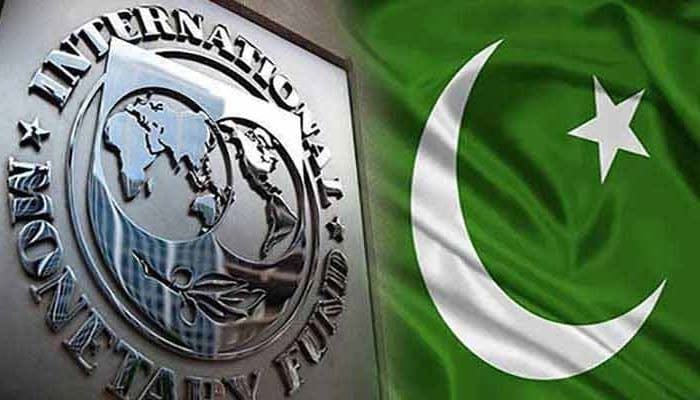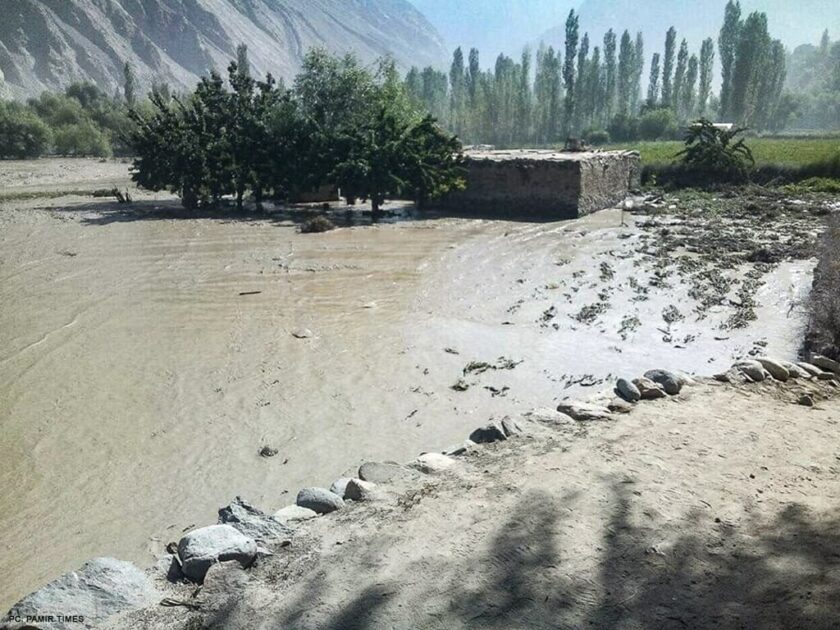- Web Desk
- 5 Hours ago
IMF ‘approves’ $1.1 billion loan for Pakistan
-
- Web Desk
- Apr 29, 2024

WASHINGTON: The International Monetary Fund (IMF) has greenlit a $1.1 billion loan for Pakistan under the Stand-By Arrangement agreement.
The Ministry of Finance sources said that the IMF’s Executive Board, convening in Washington, sanctioned the disbursement of the loan installment for Pakistan.
They said that an official announcement from the IMF is anticipated shortly, signaling the imminent arrival of the $1.1 billion installment to Pakistan, likely within the week.
Also read: PM assures IMF chief of putting Pakistan’s economy back on track
Notably, the IMF delegation had previously recommended the release of this installment.
This disbursement marks the third and final installment under the Stand-By Arrangement agreement. The funding will be the third and last tranche of a $3 billion Stand-By Arrangement (SBA) with the IMF, which it secured last summer to avert a sovereign default and which runs out this month. Pakistan has so far received $1.9 billion from the IMF as part of this arrangement.
Earlier on Sunday, Prime Minister Shehbaz Sharif told IMF Managing Director Kristalina Georgieva that his government was fully committed to putting Pakistan’s economy back on track.
At a meeting on the sidelines of the World Economic Forum special meeting in Riyadh, the premier told the IMF top official that he has directed his financial team, led by Finance Minister Muhammad Aurangzeb to carry out structural reforms, ensure strict fiscal discipline and pursue prudent policies that would ensure macro-economic stability and sustained economic growth.
Pakistan faces economic strain despite IMF assistance
Pakistan’s economic woes persist despite its engagement with the IMF, with challenges ranging from budget deficits to rising debt burdens.
The country, which signed a nine-month programme with the IMF for $3 billion in July last year, saw some stabilization in its economy and a decrease in the current account deficit. However, the budget deficit remains a concern, projected to reach around 7.4% of the GDP, according to IMF estimates.
This marks Pakistan’s second bailout package in eight years, highlighting ongoing struggles with financial stability. Despite previous success with a $6 billion Extended Fund Facility from 2013-2016, the need for additional assistance arose again in 2019, The Express Tribune said.
The IMF’s assistance has come with its own challenges, including increased taxes and soaring prices for essentials like fuel, gas, and electricity. The IMF’s influence has also impacted the autonomy of Pakistan’s central bank, hindering its ability to address inflation concerns.
Pakistan’s poverty rate stands at 40%, with millions more at risk of slipping into poverty. Calls for economic growth are mounting, with hopes that the IMF will allow for some flexibility to address these pressing issues.
Efforts to manage debt have seen mixed results. While Pakistan has committed to reducing circular debt, it has already surpassed agreed-upon levels. The country aims to bring debt levels back in line through a combination of subsidies and tariff adjustments.
Despite commitments to the IMF, Pakistan has struggled to meet targets, including a primary budget surplus of 0.4% of GDP. Foreign debt inflows have been insufficient, leading the central bank to intervene in markets to stabilize reserves.
Despite these challenges, the IMF notes some improvements in Pakistan’s economic position, citing growth and confidence recovery. However, growth targets remain ambitious, with projections falling short of government estimates.
One area of success has been the reduction of the current account deficit, although challenges remain with exports and remittances.
Looking ahead, Pakistan seeks a medium-term Extended Fund Facility programme to address fiscal and external sustainability weaknesses, with hopes of achieving strong, sustainable, and inclusive growth.




